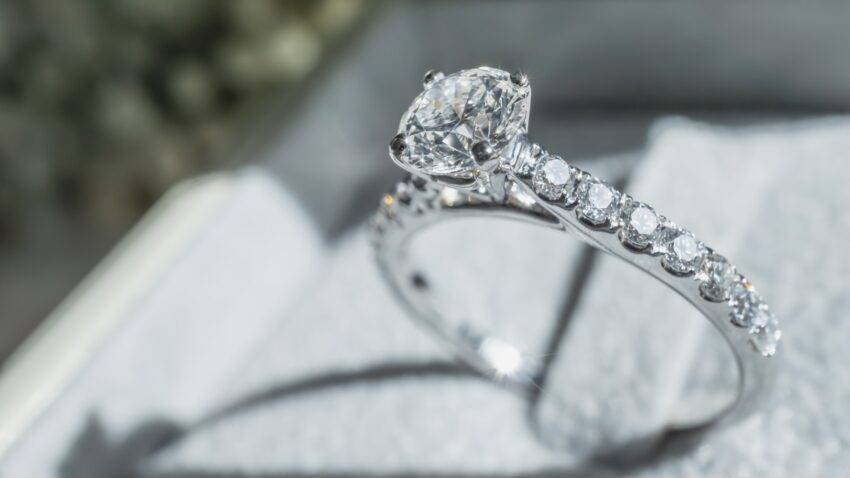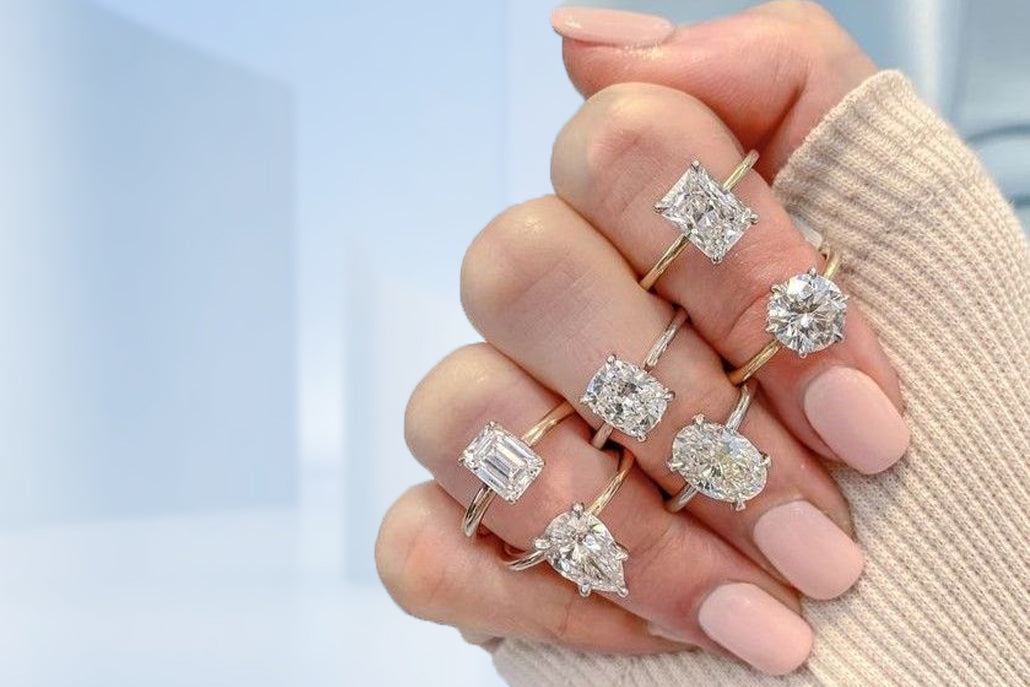Lab-made diamonds, otherwise called manufactured lab made diamonds, have altered the gems business with their moral creation and dazzling quality. These diamonds, unclear from regular ones, are created in controlled conditions utilizing progressed mechanical cycles. There are two essential techniques for making lab-made diamonds: High-Strain High-Temperature (HPHT) and Compound Fume Statement (CVD). In this article, we will investigate these techniques, their extraordinary qualities, and the various types of lab-made diamonds that are available today.
High-Tension High-Temperature (HPHT) Diamonds
The HPHT Cycle
HPHT diamonds are created by emulating the regular circumstances under which diamonds structure. This technique includes exposing carbon to outrageous tension and temperature, commonly more than 1,500 degrees Celsius and 1.5 million pounds for every square inch. There are three principal types of presses utilized in the HPHT cycle: the belt press, the cubic press, and the split-circle press. Every one of these presses is intended to make the vital circumstances to deliver great diamonds.
Attributes of HPHT Diamonds
HPHT diamonds frequently display one of a kind variety qualities, going from yellowish to pale blue shades. This variety is because of the nitrogen and boron pollutants that can be available during the development cycle. HPHT diamonds are likewise known for their extraordinary clearness and can be created in bigger sizes, pursuing them a famous decision for explanation gems pieces.
Types of HPHT Diamonds
Type Ib HPHT Diamonds: These diamonds contain nitrogen contaminations that outcome in a yellowish tint. They are uncommon and frequently utilized in modern applications.
Type IIa HPHT Diamonds: These diamonds are almost liberated from contaminations, making them lackluster or close dismal. They are profoundly pursued for their immaculateness and splendor.
Type IIb HPHT Diamonds: Containing boron pollutants, these 종류별 다이아몬드 show a blue or somewhat blue dim variety.
They are utilized in particular applications because of their extraordinary electrical conductivity.
Substance Fume Testimony (CVD) Diamonds
The CVD Cycle
CVD diamonds are created by separating carbon-rich gases, for example, methane, in a vacuum chamber. The carbon iotas then, at that point, store onto a substrate layer by layer, bit by bit shaping a diamond. This strategy takes into consideration exact command over the diamond’s properties, including size, variety, and clearness.
Attributes of CVD Diamonds
CVD diamonds are regularly vapid or close dismal and can be delivered with insignificant pollutants. They are known for their uniform design and astounding optical properties. The CVD technique likewise considers the development of bigger diamonds, which are exceptionally valued in the adornments market.
Types of CVD Diamonds
Type IIa CVD Diamonds: These diamonds are almost unadulterated, with insignificant pollutants. They are valued for their extraordinary lucidity and drab appearance.
Extravagant Shaded CVD Diamonds: Through the expansion of specific gases during the development cycle, CVD diamonds can be created in different tones, including pink, blue, and yellow. These extravagant hued diamonds are profoundly pursued for one of a kind gems pieces.
Comparing HPHT and CVD Diamonds
While both HPHT and CVD techniques produce top notch lab-made diamonds, there are particular contrasts between the two. HPHT diamonds are frequently liked for their capacity to create enormous, faultless stones. They can likewise display a more extensive scope of varieties because of contaminations. Interestingly, CVD diamonds are known for their consistency and accuracy, making them ideal for delivering reliably great stones with less incorporations.
Sturdiness and Life span
Both HPHT and CVD diamonds are made out of unadulterated carbon iotas organized in a precious stone cross section structure, making them very hard and solid. They rank 10 on the Mohs size of hardness, equivalent to normal diamonds, ensuring their life span and protection from scratching. This settles on them a magnificent decision for ordinary wear, especially in wedding bands and other fine gems.
Market Patterns and Availability
The demand for lab-made diamonds has flooded as of late, determined by buyer inclinations for morally obtained and harmless to the ecosystem items. Thus, the availability of HPHT and CVD diamonds has expanded, with various brands offering many choices. The market has likewise seen an expansion in the availability of extravagant hued lab-made diamonds, interesting to purchasers looking for extraordinary and unmistakable pieces.
Applications Past Gems
While lab-made diamonds are generally ordinarily connected with adornments, they additionally have critical applications in modern and mechanical fields. Because of their hardness and warm conductivity, they are utilized in cutting devices, heat sinks, and semiconductors. HPHT diamonds, specifically, are valued for their utilization in high-accuracy instruments and electronic gadgets.
Conclusion
Lab-made diamonds, whether delivered through the HPHT or CVD strategy, offer a momentous option in contrast to normal diamonds. They give a similar brightness, sturdiness, and excellence, with the additional advantages of moral obtaining and natural maintainability. As innovation keeps on propelling, the reach and nature of lab-made diamonds will just improve, offering purchasers more decisions than any time in recent memory. Whether you are searching for an exemplary boring diamond or a remarkable extravagant shaded stone, lab-made diamonds give an impeccable choice that takes special care of different preferences and inclinations.





